(1046 products available)


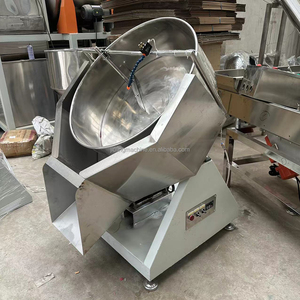





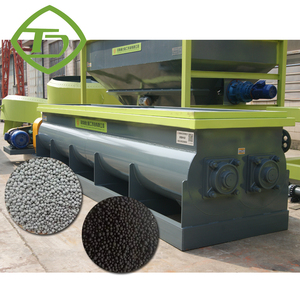












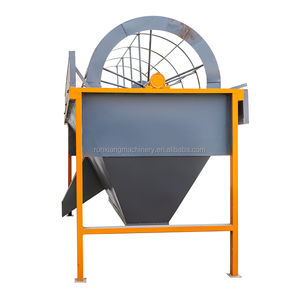
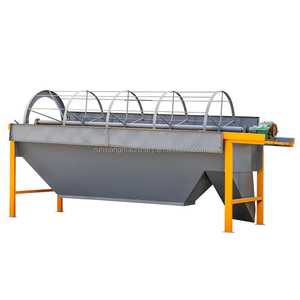


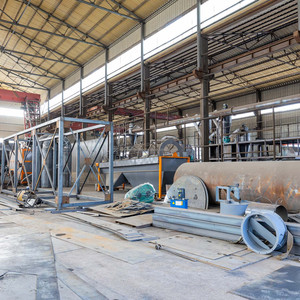
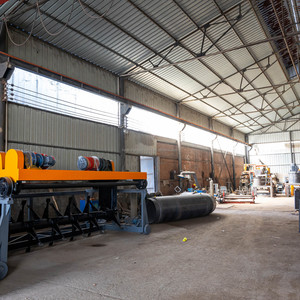





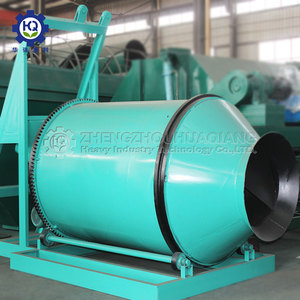
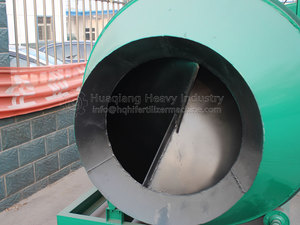



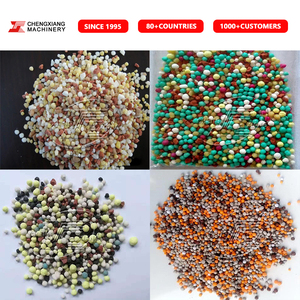









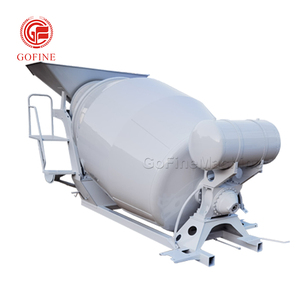



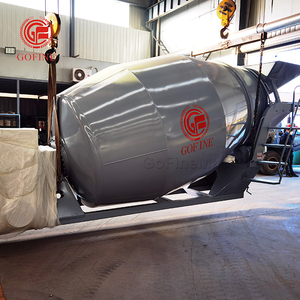

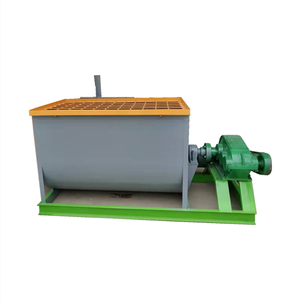
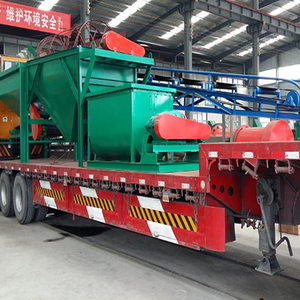




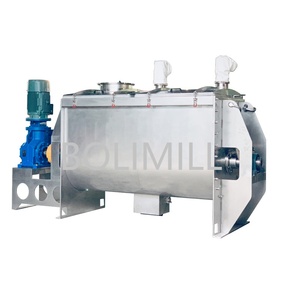

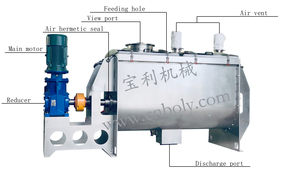
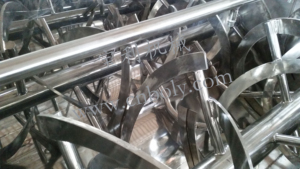
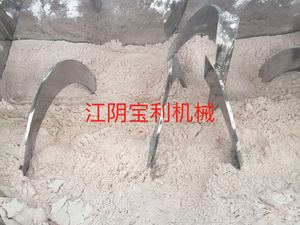



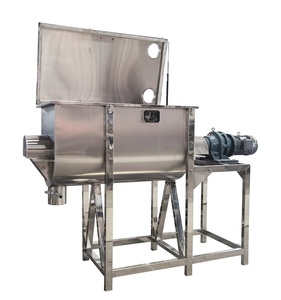






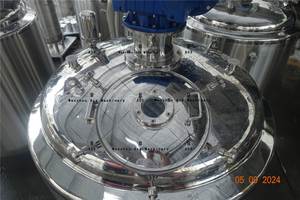


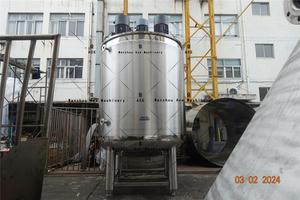
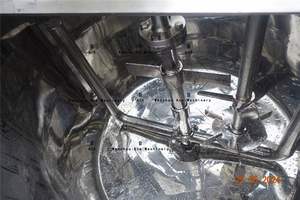


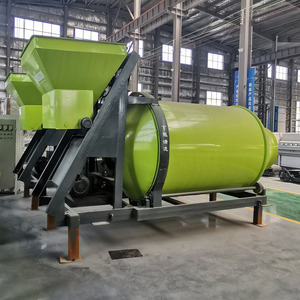




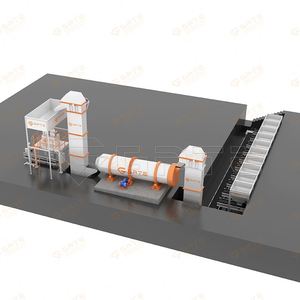


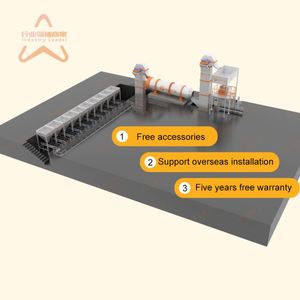
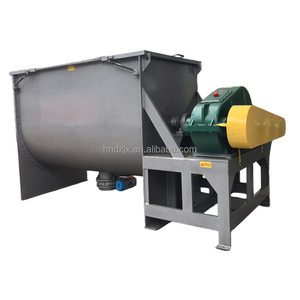
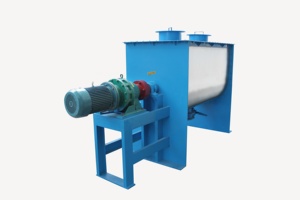






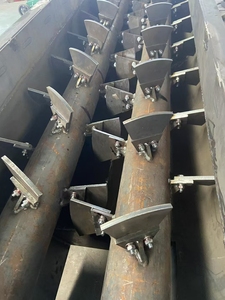




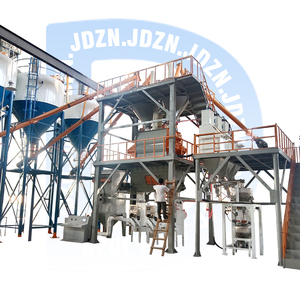

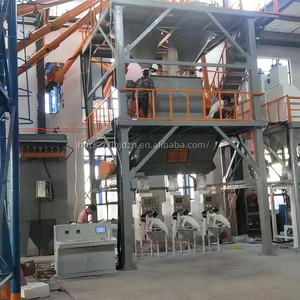

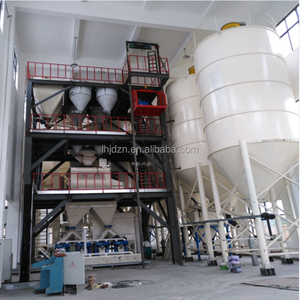
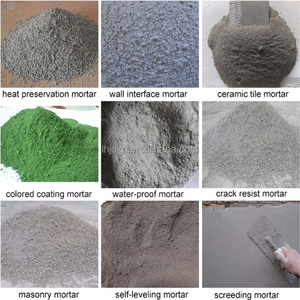

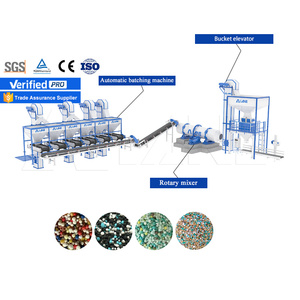

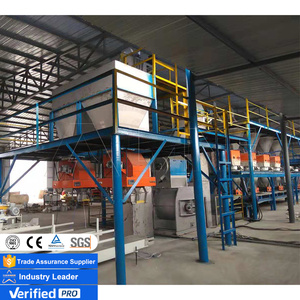


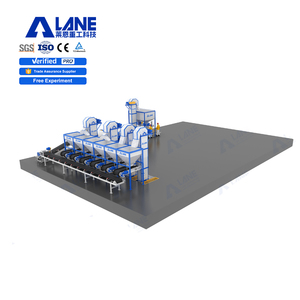

















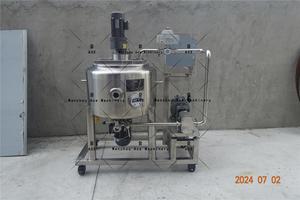

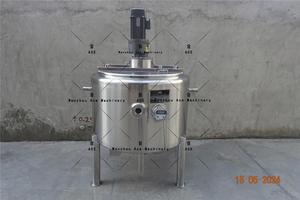



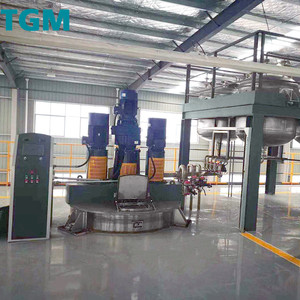


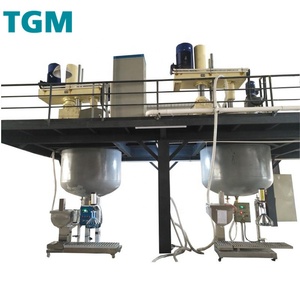



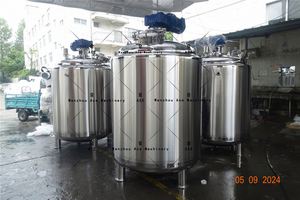





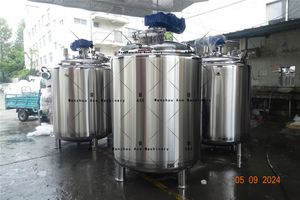
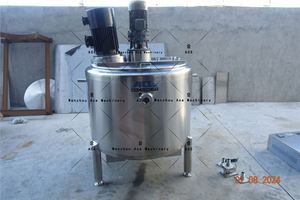
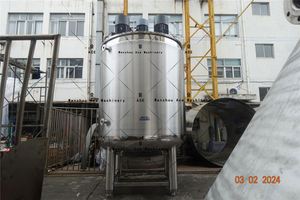


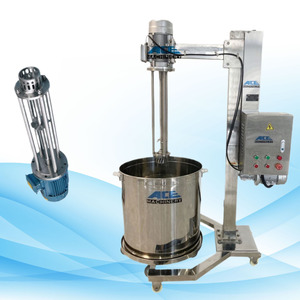




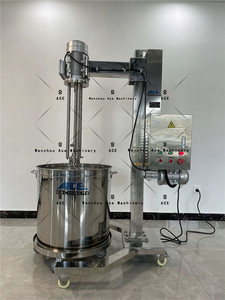


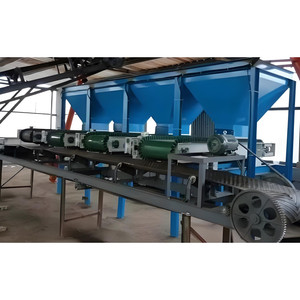






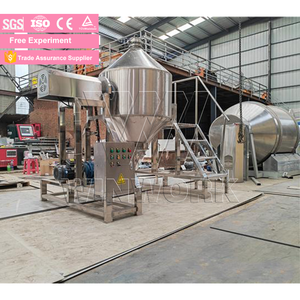
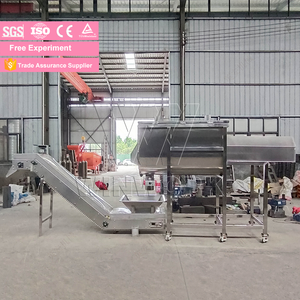

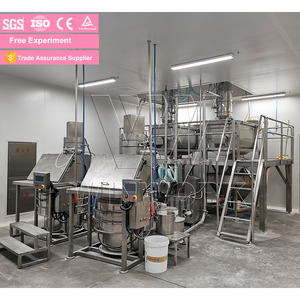










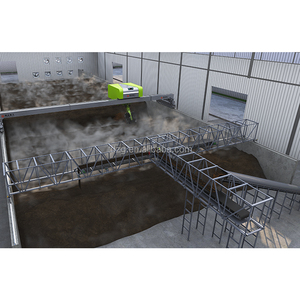




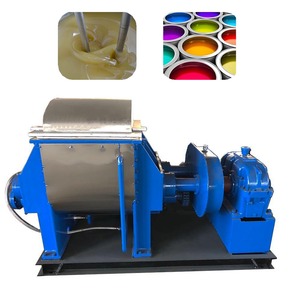



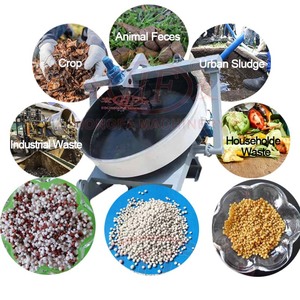





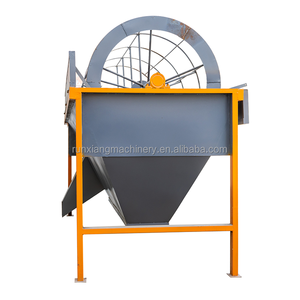




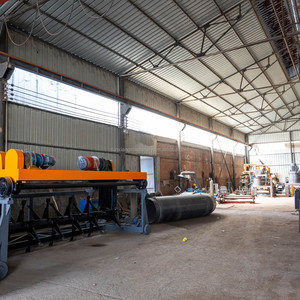

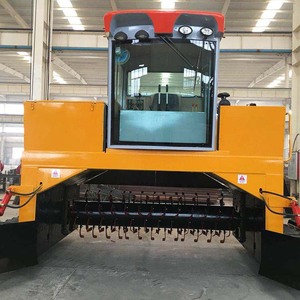
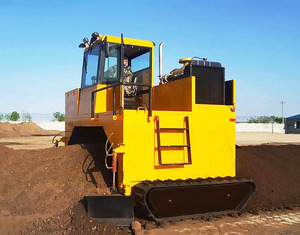
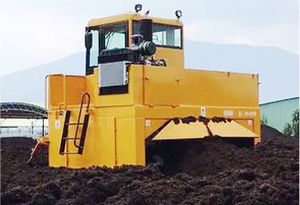




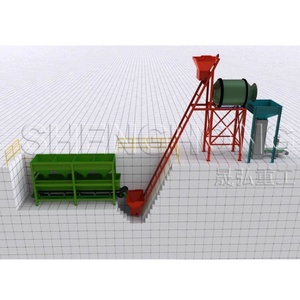
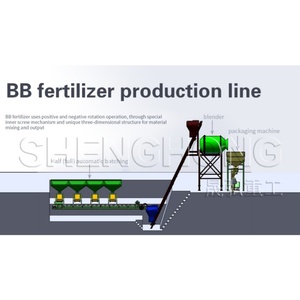




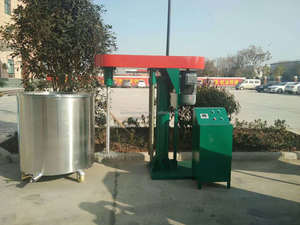






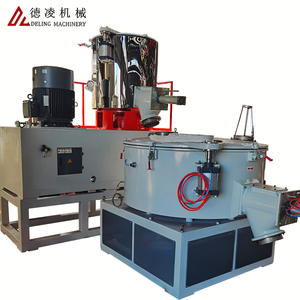

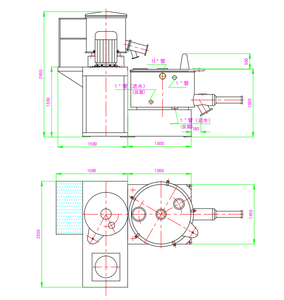
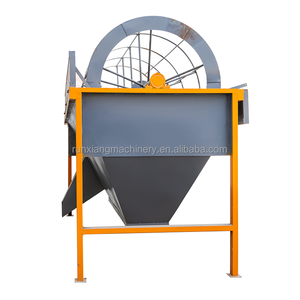
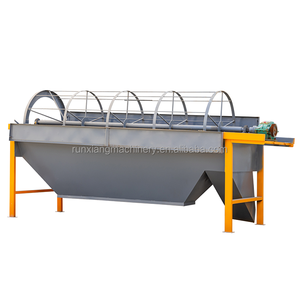




A compound fertilizer mixing machine comes in different types and each one has its own special characteristics.
Double shaft mixer
The double shaft mixer features the mixing characteristic of mixing by a little angle thrown material and centrifugal force. It has a mixing shaft with a blade that could tear the lump into small pieces quickly. The power consumption is lower than that of the pan mixer. Its admixture is higher, and the degree of homogeneity is comparatively better.
Disc mixer
The disc mixer, also called the pan mixer, is widely used in fertilizer manufacturing industries due to its admixing capacity. It consists of three parts – the disc, which is the mixing platform; the bottom scraper, which collects the material; and the side scraper, which pushes the material back onto the disc. The bottom scraper and side scraper move in opposite directions, and this feature gives it the ability to mix fertilizer efficiently. Power consumption is comparative high.
Screw mixer
The screw mixer is used to mix off all types of dry bulk materials. It can homogeneously mix finer powders, heavy weights, and coarse materials like fertilizer. The feed screw conveys the material in a circular motion down the barrel to discharge. Mixing is accomplished by the circular movement of materials, described as the flowing of material back and forth circularly.
Batch mixer
The batch mixer is capable of blending metals, minerals, and fertilizers. Some models have up to five interchangeable mixing paddles, and the customized paddles are designed to achieve the desired mixing results including reducing the aggregate size of the material to contain a specified moisture content.
Since every mixing process is unique, several factors in the batch mixing process include the aggregate and paddles MoOSH, mixer speed, moisture analysis, and whether the mixer is direct drive or belt driven.
Wet drum magnetic separator
The magnetic separator which is wet drum separator features a magnetic circuit and polarities that are designed to produce a clean magnetic concentrate and a minimum of non-magnetic tailings. Wet magnetic separators might be a higher recovery, a higher capacity, and a lowest operating cost. The separators are mainly used for pulp and fine ore separation including iron ore and aggregate separation.
Some fine ore that the separator can work on include hematite, limonite, iron ore, Wollastonite, Ilmenite, rare-earth ore, rutile, titanium mineral, ferrite material, and Colloidal ferric hydroxide among others in the fertilizer industry.
Drum dryer and cooler
In the thermal drying of fertilizers, drum dryers or rotary dryers are widely used. The wet fertilizer or sludge is fed at an angle of up to 180 to 30 o through hot air in circular drums. When the time is up the dried fertilizer is collected. Coolers may perform the same duty but to cool down the dried fertilizer.
The mixing machines for compound fertilizers have some specifications based on different types, models, and use cases. With understanding the options, buyers can select a machine for their business needs and production capacity.
Capacity
The production requirement decides the capacity of mixing machines for compound fertilizers. It is offered in small to large sizes. The common capacities include 1000 kg to 10,000 kg per hour. Larger machines can handle more volume, while smaller are suited for less production.
Motor Power
The mixing of fertilizers needs different levels of motor power. Some machines have small motors, while others use larger ones. The motor power is used to push, spin, and mix materials in the machine. It is measured in horsepower (HP). Motor power for mixing machines is generally from 5 HP to 50 HP. Heavy-duty mixing needs a higher motor power.
Dimensions
Compound fertilizer mixers come in different sizes. It includes length, width, and height. Whether a shopper needs to store or load the mixer, it is important to check the dimensions. For a bigger model, it will take a large truck to deliver it, and vice versa. The dimension sizes of mixers can vary but include measurements like 3000mm length, 1250mm width, and 1500mm height.
Mixing Speed
Each compound fertilizer mixer machine will show the mixing speed. It is the rate at which materials spin inside the mixer. Some models have adjustable speeds, and others have just a single speed. The speed can range from 20 RPM to 50 RPM.
To keep the mixing machines for compound fertilizers working, operators should do regular maintenance tasks. These steps will extend the life and reduce breakdowns during usage.
Fertilizer mixing machines have multiple applications in agriculture, food production, and waste management. Here are some ways the mixer machine is used to produce fertilizer.
Animal farms use the mixer to combine manure and compost with other organic materials customers order. Mixing these materials improves the final product and increases the fertility of the farmland. The mixer helps maintain a constant supply of mixed fertilizer on the farm.
Chemical plants use the mixer to combine different chemical components to make compound chemicals and pesticides that increase crop yields. The mixer ensures all ingredients are uniformly mixed together. Keeping all the chemicals well-mixed helps the plants to efficiently use them. The mixer supports higher production rates of mixed chemicals.
Food processing plants produce organic waste that is a suitable ingredient for fertilizer. The mixer can combine this organic matter with other compounds or nutrients required to make a well-balanced fertilizer. Restaurants and large-scale food processing plants are significant sources of organic fertilizer. The mixer helps create an eco-friendly solution to reduce food waste.
Many urban areas use garbage from households for composting purposes. A mixer machine can mix food remains from households with other organic materials to create a valuable compost product. Households are substantial organic wastes that, if well-mixed with compost, can produce useful fertilizers. Urban areas usually have a vast volume of organic waste. The mixer helps convert them to help reduce the carbon footprint and support urban agriculture.
Compost facilities use the mixer to mix decayed organic matter with other ingredients to produce quality compost. The mixer improves the uniformity and consistency of the compost. It can also adjust the nutrient content to suit different customer requirements. It plays a vital role in creating balanced compost suitable for various crops and soil conditions.
Land reclamation projects often use artificial fertilizer to assist in soil formation and plant establishment. Mixing machines are suitable for these projects since they can combine fertilizers with soil conditioners, organic matter, and other materials required to enhance soil properties. The machine supports the restoration of degraded land by uniformly dispersing essential amendments.
Here are a few things business buyers should consider when choosing a mixing machine.
Nature of Materials
Buyers need to know the physical and chemical qualities of the fertilizer they want to mix. These include particle size, shape, density, moisture content, corrosiveness, and temperature. Certain mixing machines work well with specific material qualities. For instance, a powdered mixing machine will work better with powdery materials than with granular ones.
Mixing Efficiency
Users must consider how much mixing the machine can handle. Mixing capacity is usually measured in tons per hour. Select a machine with high capacity to meet production demands. Some models allow buyers to adjust mixing speeds to achieve the best mixing results.
Production Scale
Buyers should determine the number of fertilizers the machine has to mix at a time. Is it large or small scale? This helps to settle for batch and continuous mixing machines. Go for continuous models if the mixing has to be large over a long period. On the other hand, batch mixing machines are better for smaller, periodic mixing operations.
Features and Technologies
Consider the kind of mixing machine operation desired. Do users need a compound fertilizer mixing machine with a feed hopper, discharge chute, or cooling system? Choose a machine with the essential features needed for a specific mixing application.
Maintenance and Cleaning
Select machines that provide easy maintenance and cleaning. Look for models that have easy access to service areas, rugged construction, reliable performance, and spare parts availability.
Energy Efficiency
Consider energy-efficient models that minimize power consumption and have low noise levels. This will help to reduce operating costs and ensure a smooth mixing process.
Q1: How does a fertilizer mixer machine work?
A1: The mixer machine works according to the mixing mechanism it uses. For instance, the in-weight conveyor belt mixer works by moving the mix components in a top-down belt. The vertical blender conveys the material via up and down movements. No matter the mechanism, all mixers combine all types of fertilizer components.
Q2: Are fertilizer mixer machines energy efficient?
A2: Some energy-efficient models are largely automatic, saving energy in large production. Mixing energy-saving models use less energy.
Q3: Do conveyor belt mixers use a lot of space?
A3: The in-belt conveyor machines use less space because they overlap vertically. However, they use a large storage space because the conveyor belt has to be long enough to store supply.
Q4: How many tons of fertilizer can a mixing machine process per hour?
A4: The mixing machine can process anywhere between 1 to 15 tons per hour, depending on the model. Some larger models can mix over 3 tons per hour.